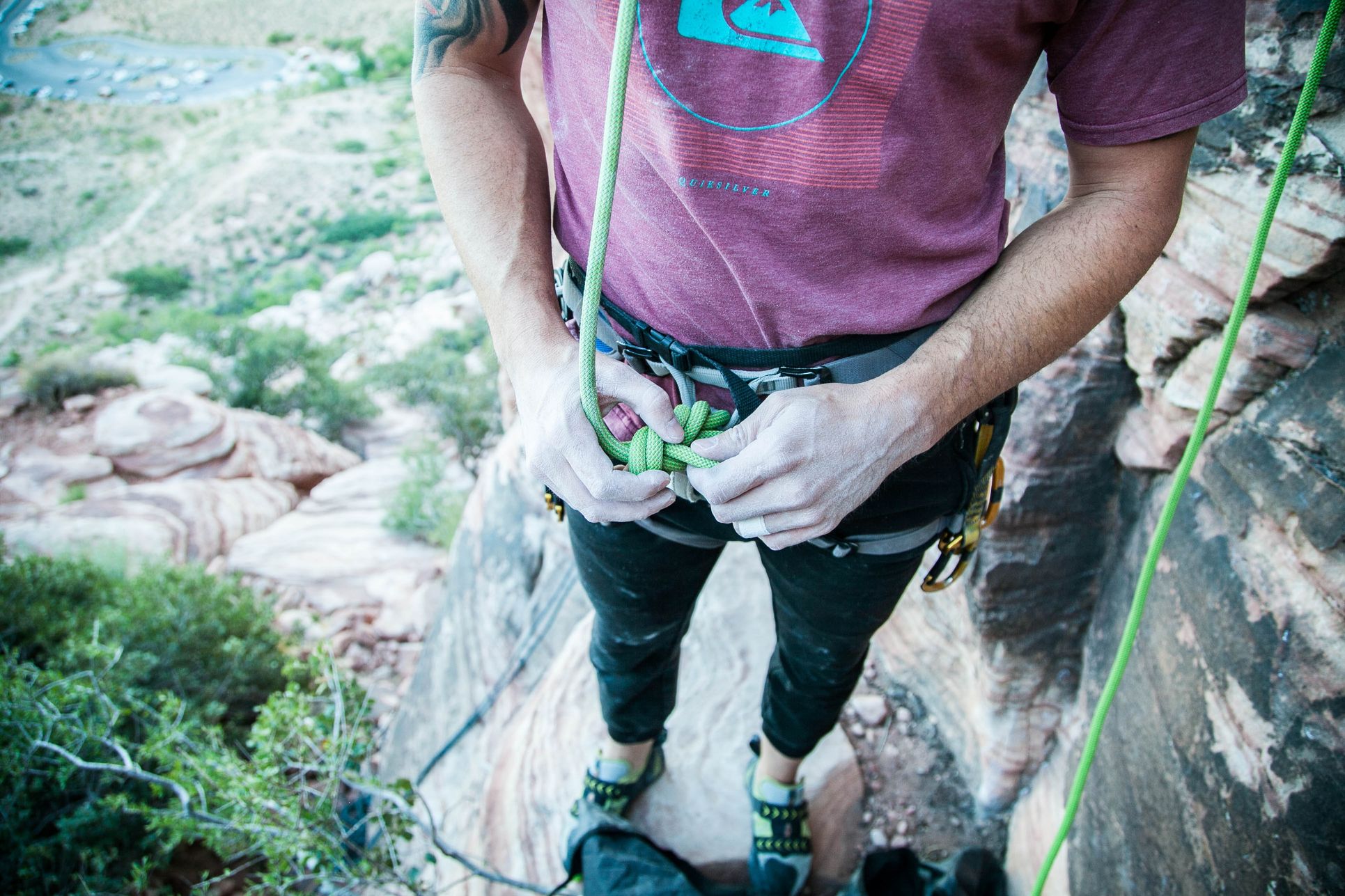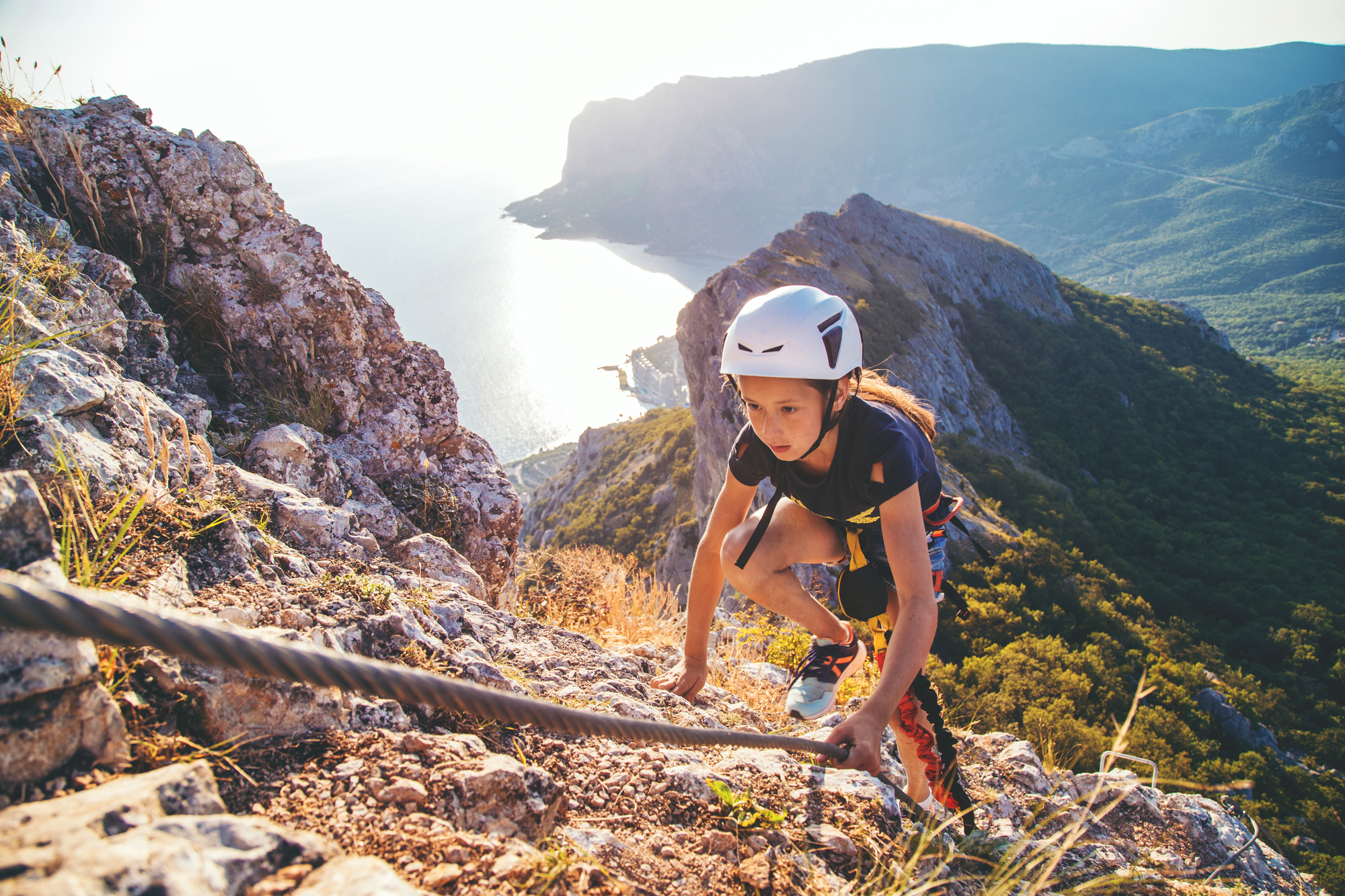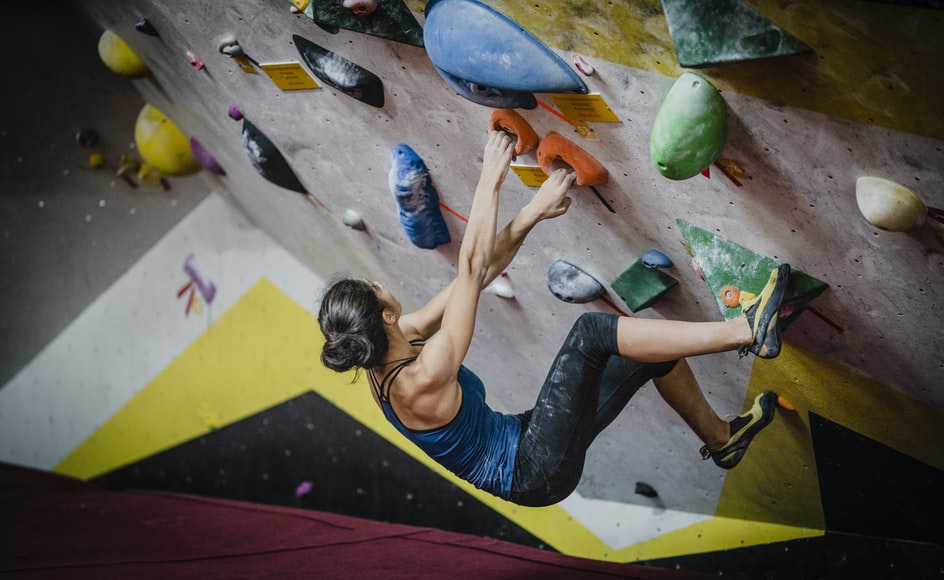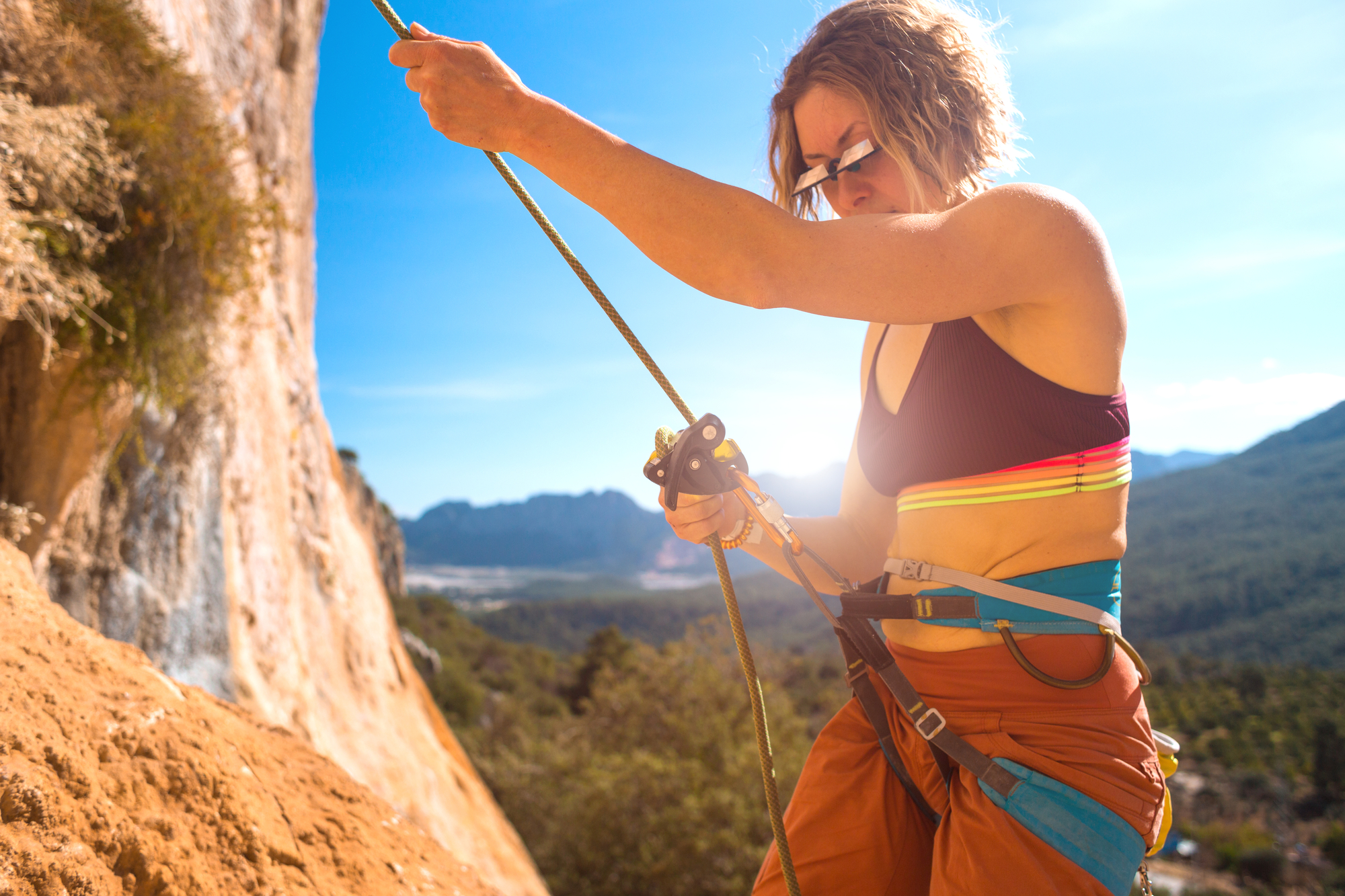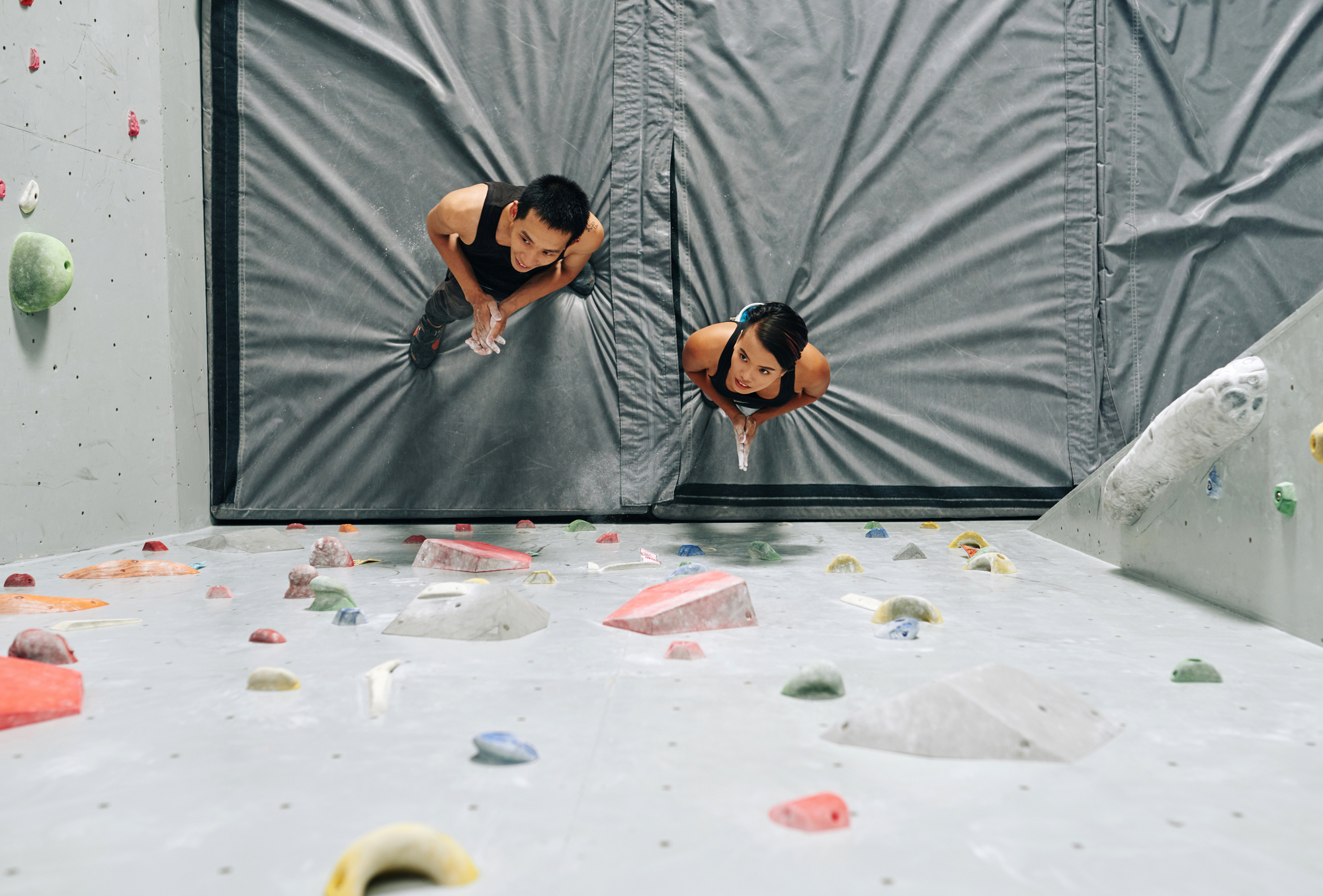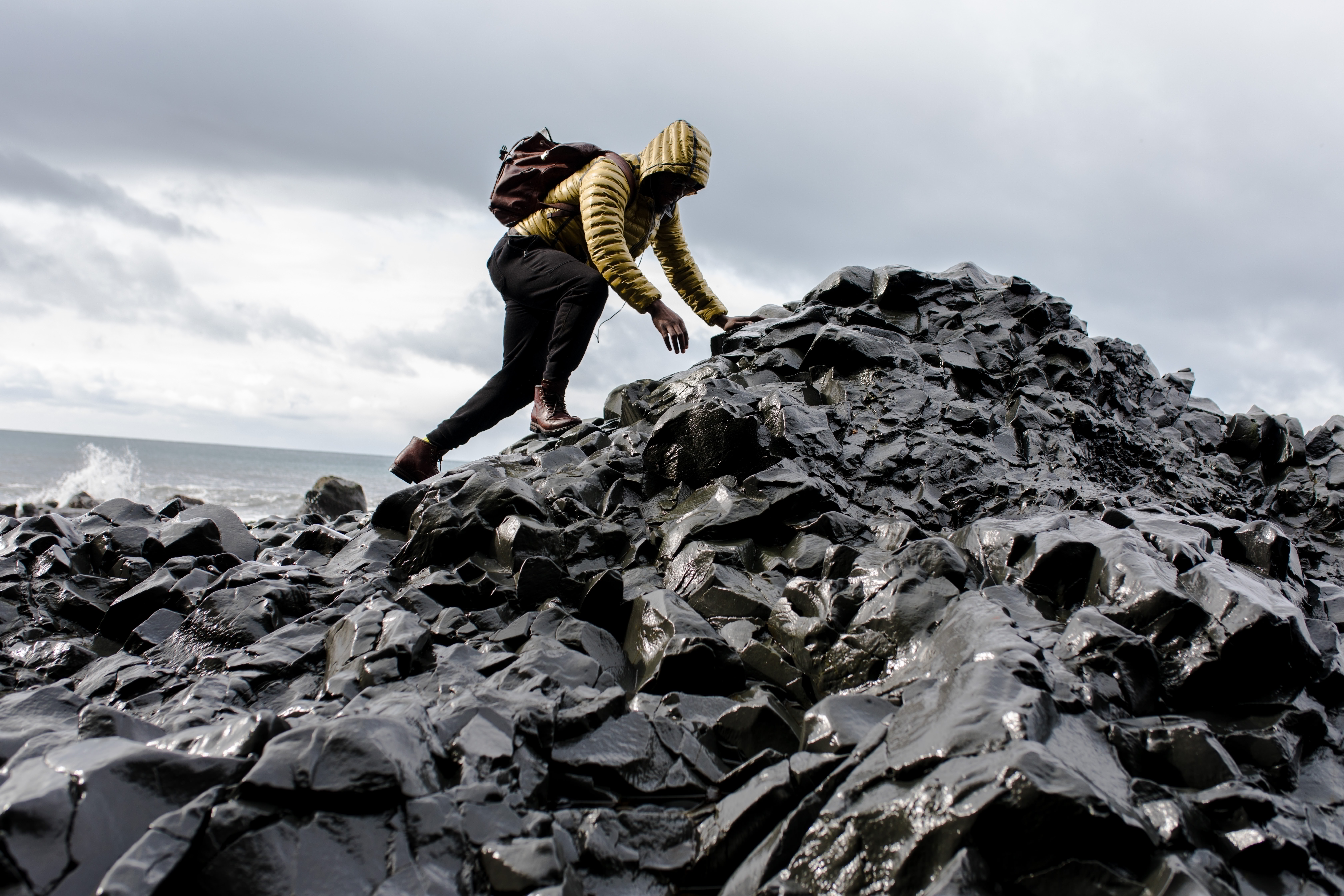If you've ever watched someone climb a rock wall, you may have noticed that they are always covered in chalk.
You may notice that many people in a climbing gym or at a climbing location (often known as a crag) have little chalk bags attached to their belts that dangle from their shoulders.
But why do they use it? And what does it do?
Let's take a look at the science behind chalk and how it can help climbers stay safe and perform at their best!
What is Climbing Chalk?
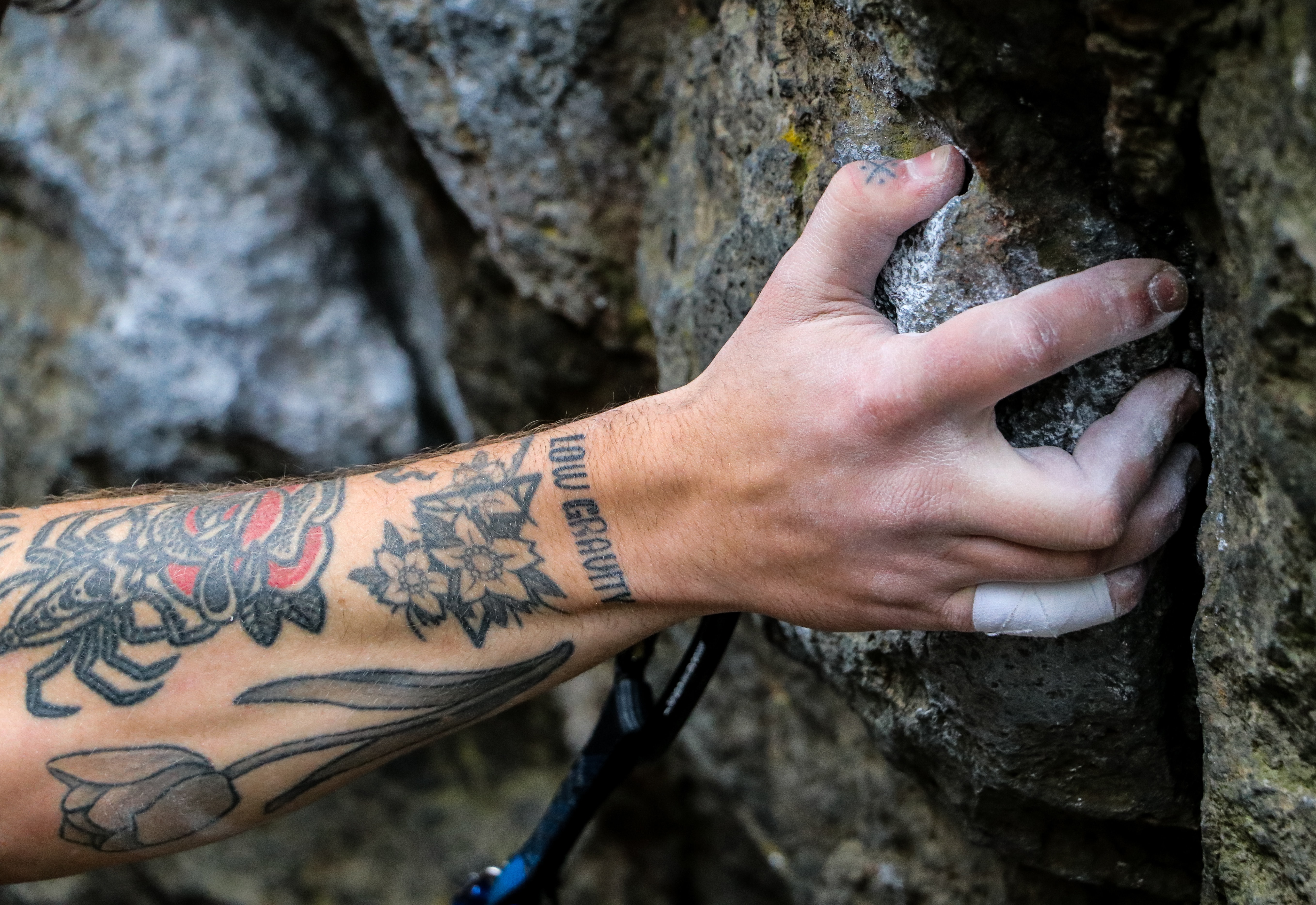
Climbing chalk is a type of magnesium carbonate that is used to improve grip on rock surfaces.
Having sweat on your hands while doing any type of work is usually a disadvantage.
Having moisture on your palms and hands can be pretty dangerous and inconvenient when rock climbing. Sweat and humidity may make your hands slippery.
This means you risk losing your grip and perhaps injuring yourself if you're in a high location while climbing.
In addition to reducing friction, some climbers believe that chalk can also help to prevent blisters.
The chalk is used to absorb the droplets and moisture that appear on your hands. This keeps it dry. The chalk also gives you the traction and grip you need to hang by your hands if necessary.
What are the Types of Climbing Chalk?
Different kinds of chalk are used in rock climbing. Each chalk serves a different purpose and its own benefits and drawbacks. Let's look at some of the most commonly used chalks in climbing.
Loose Chalk
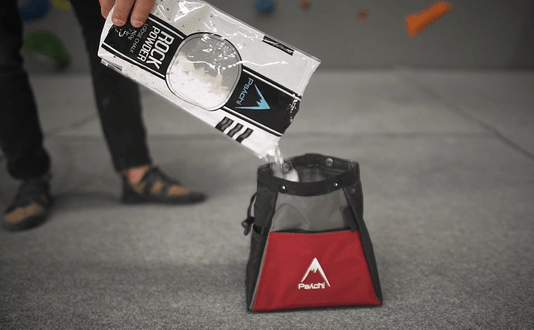
Psychi Loose Chalk
Loose chalk is the most popular type of chalk among climbers. It comes in a powdered form and can be easily applied to your hands.
The main benefit of using loose chalk is that it dries quickly and will not cake or clump on your hands like other types of chalks. However, because it is a powder, it can be easily blown away by the wind and is also messy to use.
Each time a climber or athlete cleans off extra powder from his hands, it adds to the existing cloud of dust. This can be a significant issue when climbing in an indoor gym where chalk is used liberally.
And because powdered chalk is very fine, it tends to spread out of bags and onto your clothes or other belongings.
Liquid Chalk
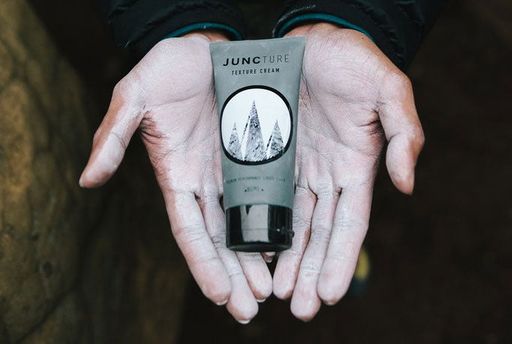
Juncture Liquid Climbing Chalk
As its name indicates, liquid chalk is dispensed via tubes or tiny bottles in a liquid form.
Once it hits your hands, the liquid quickly dries out and leaves you with a powdery residue.
Liquid chalk tends to be less messy than loose chalk because no dust can spread all over everything around you.
It also stays on longer than loose chalk while preventing sweat from forming on your hands as much as possible.
Liquid chalk should be applied right before starting a climb so it can dry up as you begin your session.
In addition, it leaves less residue on climbing surfaces and rocks, making them easier to maintain.
On the other hand, liquid chalk may be more costly than other, more traditional types. It can also leave behind a strong odor.
Climbing Chalk Balls
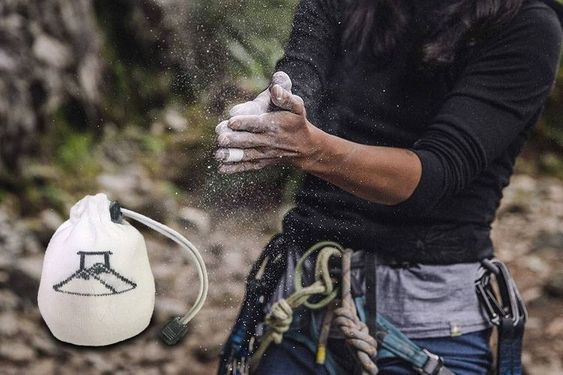
Chalk balls are loose chalk wrapped in a convenient cloth ball. The powder is contained in a fabric bag that allows small amounts of powder to seep through.
You simply have to reach for the ball and grasp it to use it. And because the fabric material has a porous quality, the powder gets quickly deposited in your hands.
It's a popular choice for climbers because of its convenience. It's so light that you can carry it in a chalk bag or pouch and use it on the highest cliffs.
Chalk balls are also the ideal choice for indoor climbing and gyms.
One disadvantage of chalk balls is that you can't entirely dip your hands into the chalk. In outdoor climbing situations, it's sometimes necessary to cover your entire hand with chalk.
Chalk blocks
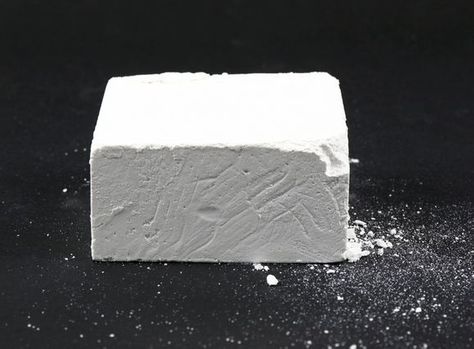
Atomik Climbing Holds Chalk Block
Chalk blocks are often pure magnesium carbonate. This means they are free of any additives that might alter their form or shape.
The major benefit of this sort of climbing chalk is that it allows for more convenient storage and longer shelf life.
You may break off a piece of the block and use it as loose powder while keeping the remaining portion for future usage.
This way, the entire block won't turn to powder, and you'll have parts left over for later.
However, the main disadvantage of chalk blocks is that they are not as popular as other types of climbing chalks.
They also take a little longer to apply and can be more challenging to get a hold of when your hands are sweaty.
Does Liquid Chalk Work for Rock Climbing?
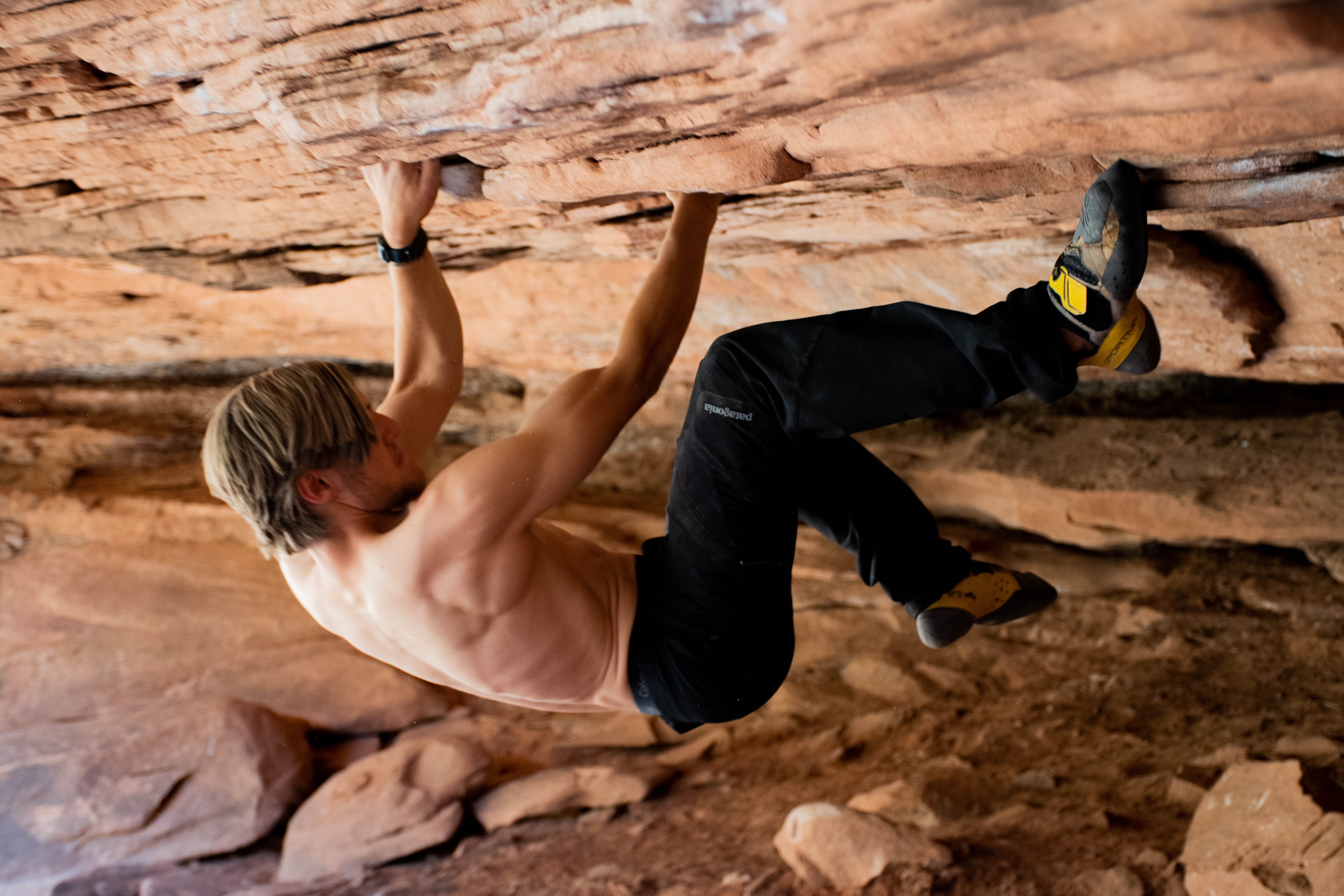
Rock climbers often use a combination of different types of chalks, depending on what works best for them in any given situation.
However, most climbers prefer using liquid chalk and loose chalk together. This combination gives them the best of both worlds - a dry feel for their hands and less messiness.
Liquid chalk gives your hands a dryer feel, which is helpful for climbers who are about to begin a climb and don't want their hands getting sweaty too quickly once they start climbing on the wall or rock face.
The liquid chalk provides a layer of protection against moisture, while the loose chalk allows you to quickly clean your hands before tackling another climb.
In addition, liquid chalk is perfect for outdoor climbing because it doesn't blow away in the wind as loose chalk does.
Liquid chalk is also beneficial because it doesn't absorb into your skin as much as regular chalk does, meaning that you won't have to reapply it as often.
It's perfect for those who want to keep their hands dry but don't like using too much chalk.
Which Type of Chalk is Right for You?
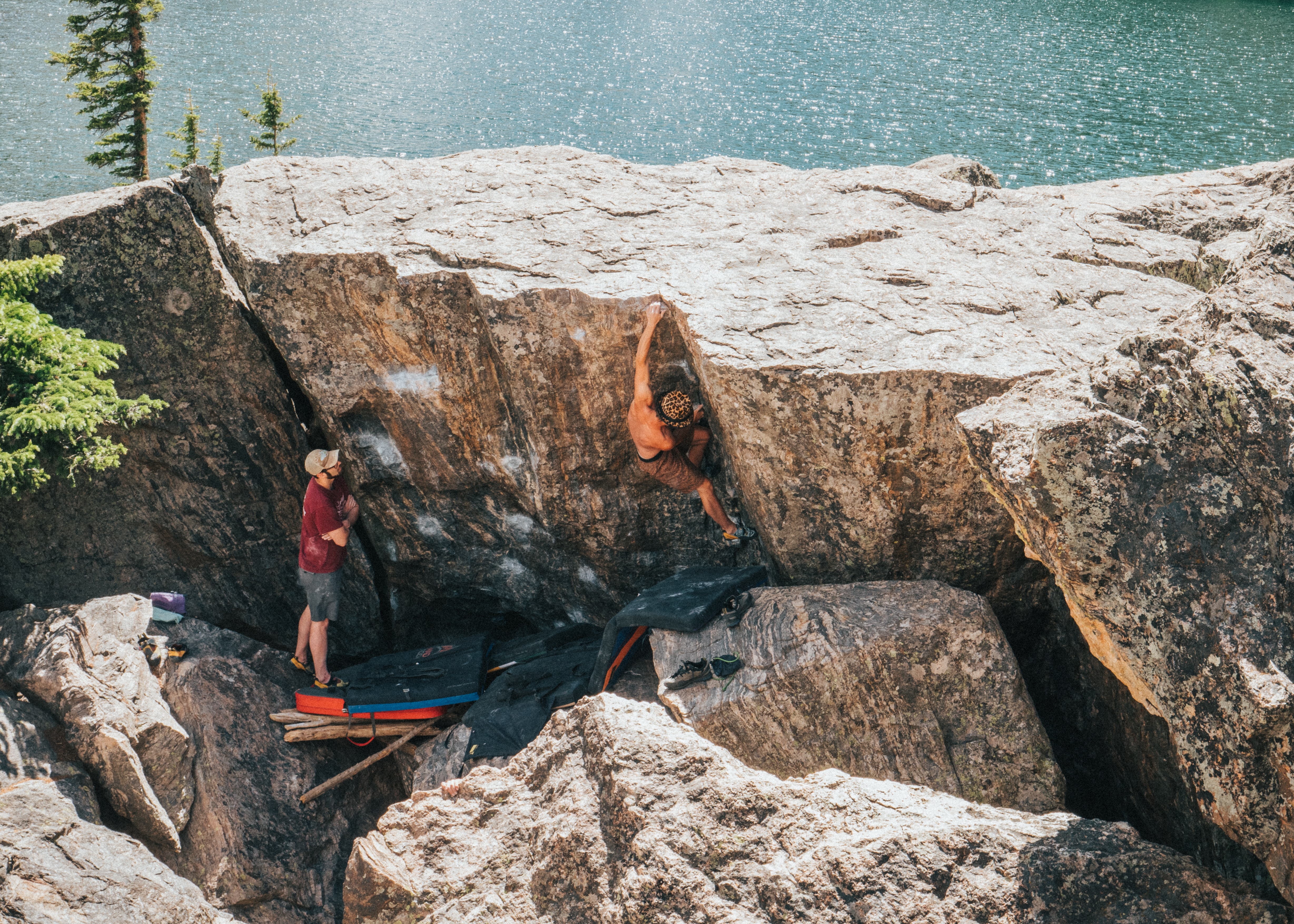
Depending on your preference, each chalk type has its own set of advantages and disadvantages that you should consider before making a purchase.
If you're looking for chalk that is easy to use and doesn't require any mess, then the chalk ball would be the best option for you.
However, if you're looking for a type of chalk that will last longer and won't easily blow away in the wind, then you should consider using a chalk block or liquid chalk.
Ultimately, it is up to you to decide which type of chalk works best. Try out different types and see which one gives you the best results.
Conclusion
No matter what type of chalk you choose, it is essential to ensure that your hands are as dry as possible before beginning a climb. This will help you avoid any accidents or falls.
Chalk is an essential part of rock climbing and should be used in combination with other techniques to give you the best chance of success. Experiment with different kinds of chalk until you find the one that works best for your needs.
See you on the rocks!

